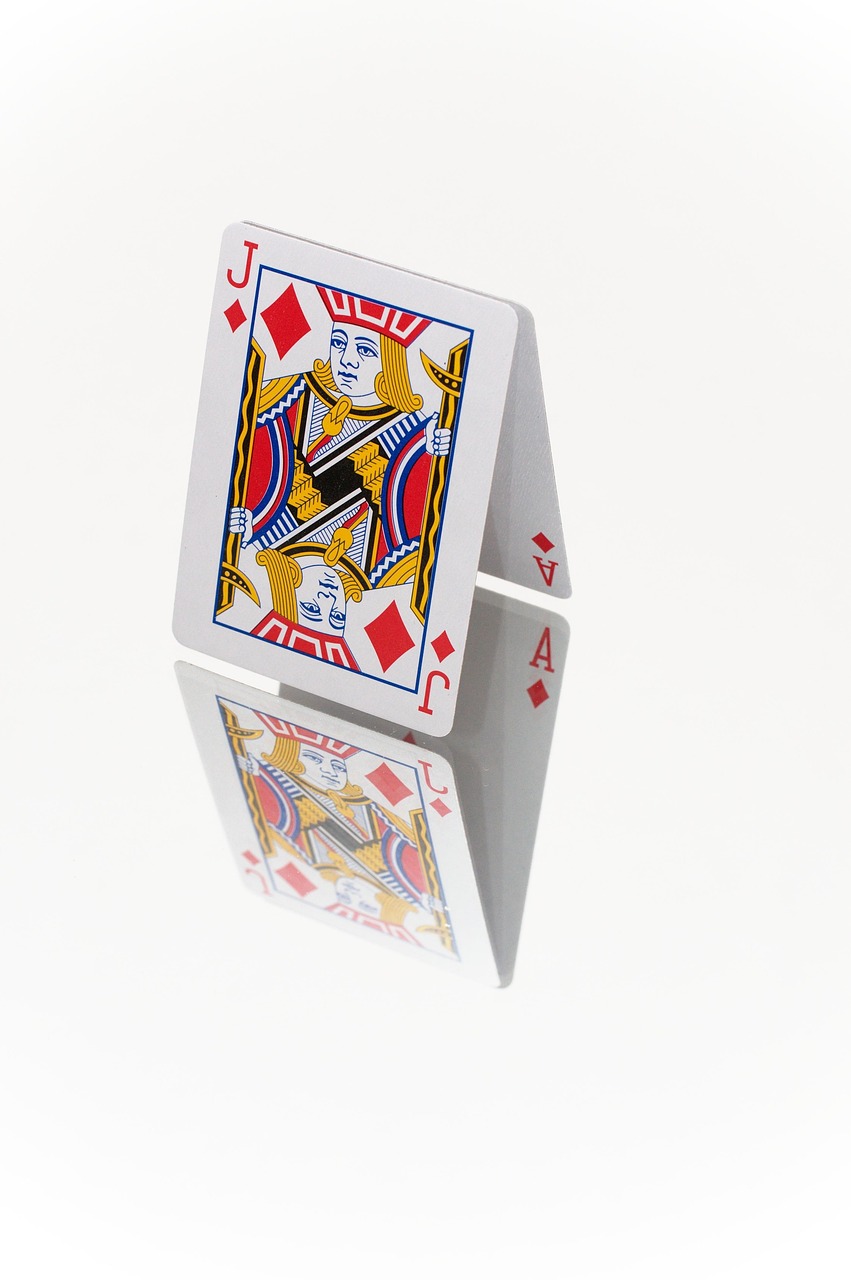How to Handle Tilt and Stay Sharp at the Poker Table
Poker isn’t just about math and strategy — it’s a mental game. You can know every chart, every odds calculation, every theory concept… but if you tilt, you’ll still torch your stack.
The good news? Mindset and lifestyle are skills you can train. Here’s how to keep your head clear and your edge sharp.
Recognize Your Tilt Triggers
Tilt looks different for everyone. Some players steam after a bad beat. Others get frustrated folding for hours. Some lose focus when they’re tired or hungry.
👉 Action Step: Write down the 3 situations that tilt you the most. Awareness is the first defense.
2. Build a Tilt Plan
You can’t avoid tilt entirely — but you can plan for it.
Take a 5–10 min break after losing a big pot.
Set a stop-loss limit (e.g., 2 buy-ins for cash games).
Use a “reset ritual” — deep breaths, stand up, stretch, quick walk.
👉 Discipline = bankroll protection.
3. Respect Your Energy
Poker is mentally draining. Long sessions lead to autopilot, poor reads, and mistakes.
Sleep at least 7 hours before a session.
Eat light, clean foods (no heavy junk before long sessions).
Stay hydrated — dehydration feels like tilt.
👉 Your body fuels your brain. Treat both like part of your bankroll.
4. Create a Pre-Game Routine
Most players just sit down and start clicking or shuffling. Professionals warm up.
Review notes or hand charts for 5 minutes.
Set an intention: “Today I focus on patience.”
Do a quick breathing or visualization exercise.
👉 A routine helps you start sharp instead of “playing into shape.”
5. Journal Your Sessions
Poker isn’t just played at the table — it’s reviewed away from it.
After each session, jot down:
Biggest win
Biggest mistake
One lesson learned
Over time, you’ll see patterns in your mindset and play.
👉 Improvement comes from reflection.
Final Thoughts
Mastering mindset and lifestyle is as important as learning ranges or bet sizes. To win more consistently:
Recognize tilt triggers.
Build a tilt plan.
Protect your energy with sleep, diet, and hydration.
Develop a pre-game routine.
Journal your sessions.
Do this, and you won’t just play better poker — you’ll play it with clarity, patience, and confidence.
📌 Next Step: Want more structure in your mental game? The Fish & Chips Poker Starter Package includes a mindset checklist + routines for low-stakes players.


